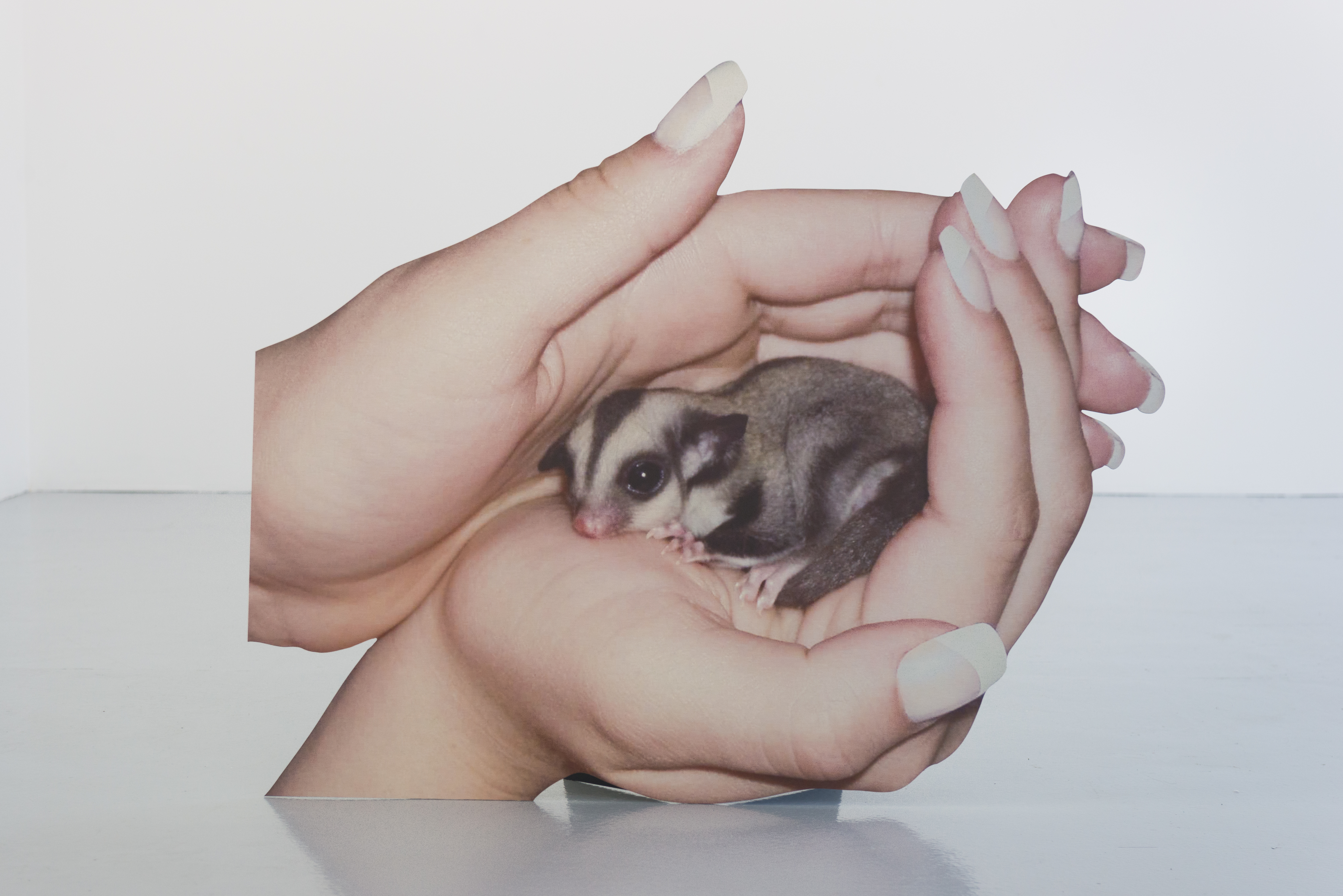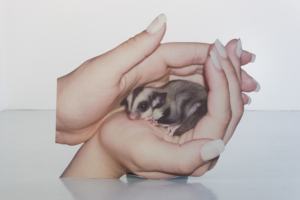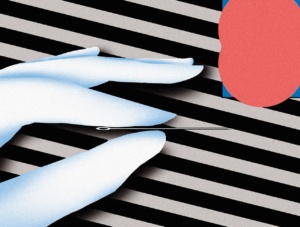
The general tenor of Walter Benjamin’s argument in “The Work of Art in the Age of Mechanical Reproduction” is by now fairly familiar: the “aura” of one-of-a-kind pieces of art — that is, “the quality of its presence” — is dissipated by “copies,” usually photographic reproductions of the original.
Often, this is understood as suggesting that copying artworks diminishes their value by broadening the access to them. If anyone can appreciate art, it no longer signifies elite status. And worse, if anyone can appropriate art and make their own use of it, specific works no longer serve as testaments to the scarce and special genius of “real” artists. In other words, mechanical reproduction seems to cheapen artistic production itself.
The issue with aura is not so much the question of authenticity — whether one is seeing the “real thing” — but distribution: Who gets to control who sees what? Who sets the terms for what is disseminated, and to whom? Who can assume a familiarity with a thing, and who must be made to feel as though it will forever elude their grasp? Who gets to gather attention, and for what?
These are political questions. As Benjamin argues, “the instant the criteria of authenticity ceases to be applicable to artistic production, the total function of art is reversed. Instead of being based on ritual” — on obeisance to established and unquestioned hierarchies of value — “it begins to be based on politics.” So naturally, in response to how photography and now the internet have radically changed distribution, there is an ever more insistent demand for authenticity, as a way of making politics disappear from the representation of the world once more. The aura promises an essence — one truth to which all must assent.
Benjamin noted how “ultrareactionary authors” tried to insist that film was properly a form of the supernatural, of ritual prayer, rather than a way of redistributing the real — that new media should be taken not as democratizing access to the means of reproducing actuality but as visionary art forms awaiting the elite audiences capable of interpreting their meaning. In our own age of not only mechanical reproduction but digital augmentation, the anxieties over “fake” information and how it is supposedly warping the minds of the masses has prompted similar outcries, demands that we defend the sanctity of the press and restore the public’s faith in its mediated truth. If the media is reporting rather than constructing what is real, than no one has to feel complicit in the injustices of that constructed world, in which what is accepted as “real” is anything but neutral.
“Aura” is often used to construe “truth” and “value” as property, conveying the idea that it is fitting and proper that some people should possess truth in the form of objectified “beauty” while others merely aspire to it, or serve it. But it also retains hints of other meanings, evoking an individual’s range or sphere of influence, the tenor of one’s personality (What color is your aura?), or how affect can be ambient. A feeling can hover and be attributable to everyone and no one — the very opposite of the principle of art’s aura.
Amid online platforms, where the spread of content and sentiment seem to correspond but often in opaque, oracular ways, who can say where auras begin and end? But it may be useful to try to imagine their amorphous existence without trying to map them, to be aware instead of collectivities that defy reduction into types, into teams, into allegiances. For this kind of aura, what is “special” is not what is unique or specifically marked as rare but what is being experienced together. This aura might take the form of a sense of real time or “liveness,” or the sense of virality as a feeling and not a number.
This week we consider how the idea of aura plays out now through the new means of self-mediation and limitless distribution.
Rahel Aima, in “Good Boys” looks at the particular aura emanating from images of animals online. The potential for virality has condensed the bizarre, the supernatural and funny, such that animals create new opportunities for shared affect, their beings online existing beyond the reach of encyclopedias or everyday life, and independently of animals themselves.
In “Unlimited Editions,” Rob Arcand writes what about the futile effort to secure the aura of digital art through blockchain technology. Insisting on protecting art’s value in the market neutralizes its capacity for critique and reducing it to an ornamentalized form of cryptocurrency.
And in “To the Point,” Apoorva Tadepalli describes how online sharing of analog “bullet journals” draws on the ways the individual and collective senses of aura can be conflated. Why try to make to-do lists decorative? Is the list for ourselves or for our followers, or is that distinction meaningless? The “aura” of the private authentic self may now depend on the aura of online virality.
It may be that we have a distinct attachment to the possibility of a primary identity, a “real” version of something that can otherwise be disseminated at a distance and reproduced and manipulated in any number of ways. When we meet someone in person whom we’ve only known from the internet, or experienced the inverse surprise of encountering the online profile by someone we’ve only known in person, we often want to boil down this experience of difference into a binary, or a hierarchy: The voice they use when they text is real; the voice they speak to me with is a polite performance. In art, aura has often been enlisted in the service of that essentialist reduction. But among the living, it can betoken a hazy miasma of identities dissolving into a mist, awaiting reconstitution as something better, something felt and experienced beyond the arbitrary borders of the flesh.
Featuring:

“Unlimited Editions,” by Rob Arcand

“To the Point,” by Apoorva Tadepalli

Thank you for your consideration. Visit us next week for Real Life’s upcoming installment, PRIVATIZATION, featuring the reinvented bus and disembodied care.